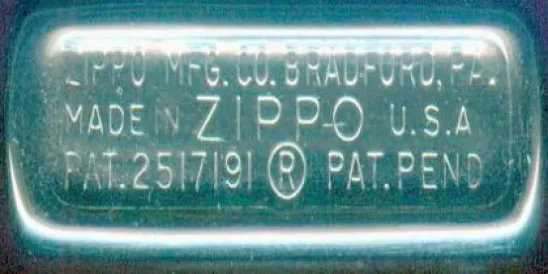The Patent Reform Act of 2011[1] was recently approved by the Senate Judiciary Committee, and the bill will be forwarded to the full Senate for consideration. Some key provisions of the bill are outlined below.
First Inventor to File
The bill shifts the U.S. from a first-to-invent system toward a first-to-file system. Any third-party prior art available before the patent application filing date could be used to reject the application. An applicant would be given a one-year grace period for any disclosures made by the applicant or by another party if the other party obtained the subject matter that was disclosed from the applicant. Interference proceedings would be replaced by a derivation proceeding when a first applicant claims that a second applicant derived the invention from the first applicant’s work.
Damages
The bill includes additional procedures for the calculation of damages during litigation. Under the bill, the trial judge would identify methodologies and factors that are relevant to the determination of damages, and the trial judge would only permit the introduction of evidence related to those methodologies and factors. Also, absent good cause, the trial judge would grant a request to have infringement and validity tried before the issues of damages and willful infringement.
Third Party Challenges
Third parties would be allowed to submit printed publications after an application publishes, along with an explanation regarding the relevance of the printed publication. Also, third parties would be able to request a post grant review to challenge validity within nine months of the patent grant, consistent with European opposition practice. Validity during the post grant review could be challenged on any ground, in contrast to current reexamination rules, which only allow challenges based on patents or printed publications. After the nine-month window for post grant review, third parties could use a reexamination proceeding, but could only challenge validity based on prior art patents or printed publications.
Supplemental Examination
A patent owner could request a supplemental examination (e.g., before litigation) so that the Patent Office considers information that was not considered during an earlier examination. Unlike the current reexamination procedures, the information that could be considered in a supplemental examination would not be limited to patents or printed publications. If the Patent Office determines that the submitted information raises a substantial new question of patentability, a reexamination of the patent would be ordered. By making the supplemental examination request, even if a reexamination is not ordered, the patent cannot be held unenforceable on the basis of the information in the supplemental examination request.
False Marking
The bill would no longer allow any person to bring a false marking lawsuit under 35 U.S.C. Section 292. Rather, false marking lawsuits would be limited to those filed by the United States or by a competitor who can prove a competitive injury.
We will continue to monitor the status of this legislation and will provide subsequent updates.





 />i
/>i
